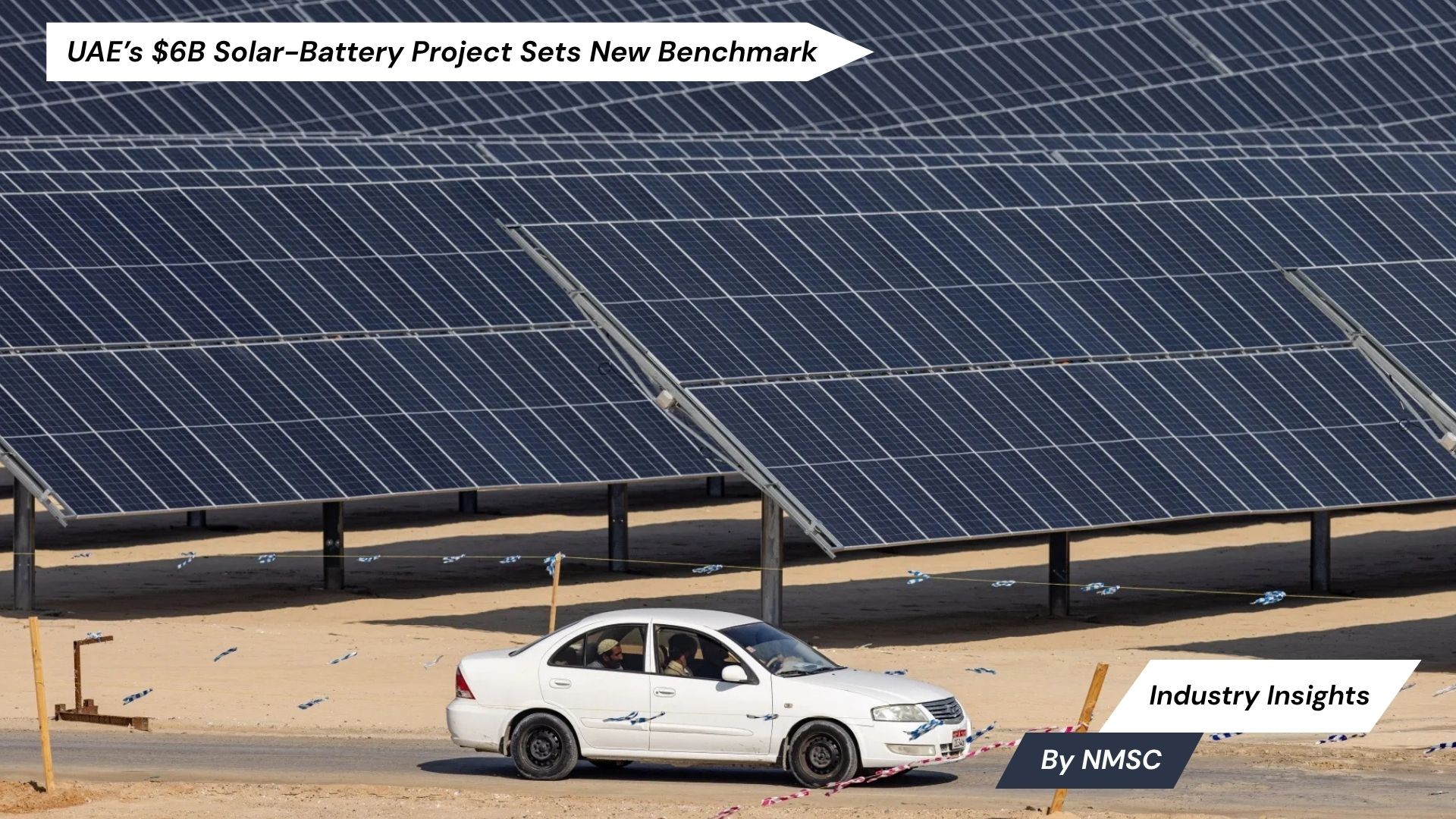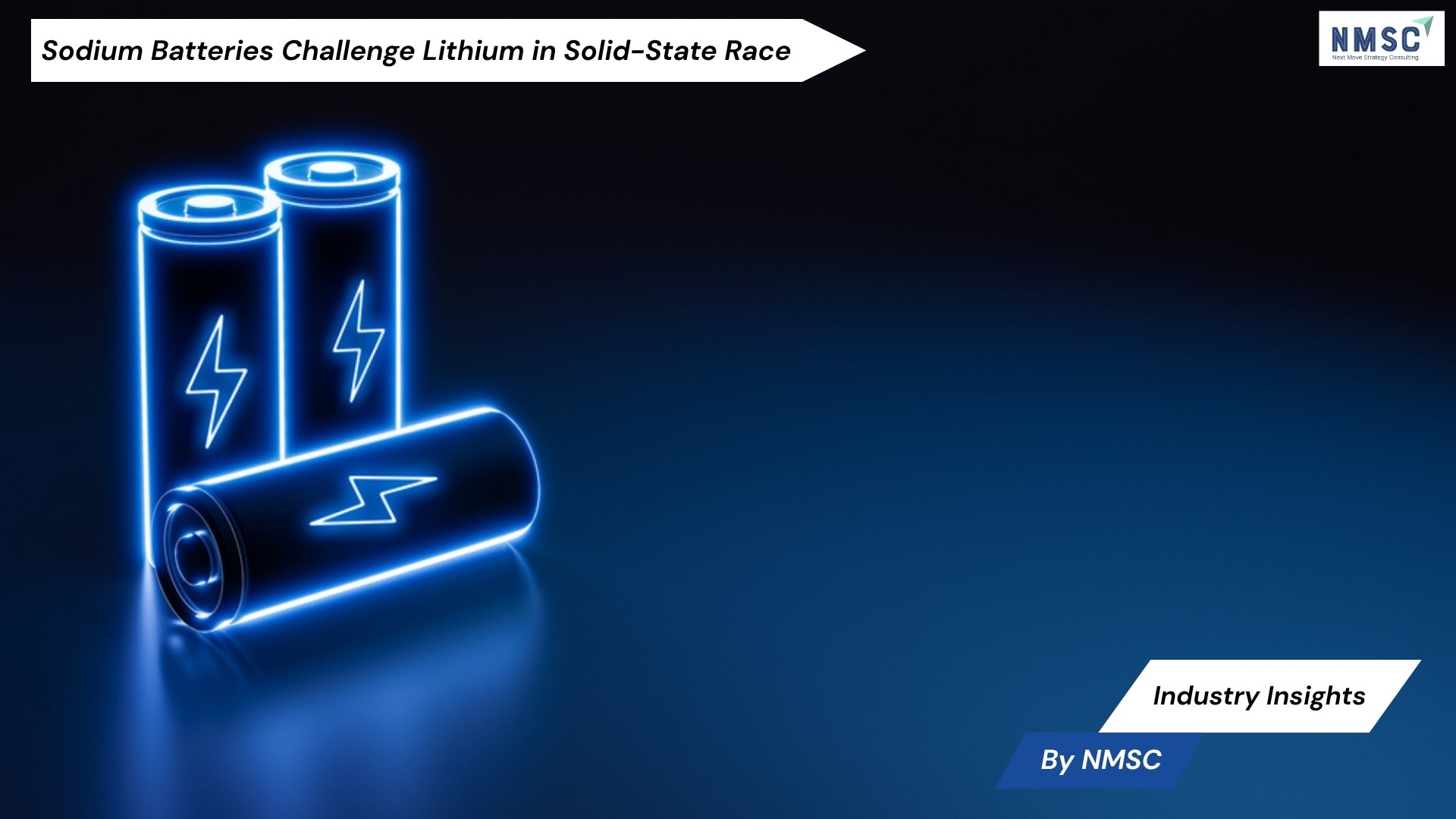Spain Heat Exchangers Market is expected to reach USD 389.9 million by 2030
Published: 2025-01-27
Growing demand for renewable energy and stringent government regulations regarding energy efficiency are driving up demand for the Spain heat exchangers market during the forecast period.
The Spain Heat Exchangers Market size was valued at USD 277.6 million in 2023 and is predicted to reach USD 389.9 million by 2030, with a CAGR of 4.4 % from 2024 to 2030, according to new research by Next Move Strategy Consulting.
The growing demand for renewable energy is a key driver of market expansion in Spain. As the country prioritizes sustainability and seeks to reduce its reliance on fossil fuels, there is a significant increase in the adoption of renewable energy sources such as solar, wind, and hydroelectric power.
Heat exchangers play a crucial role in this transition by facilitating the efficient capture, storage, and utilization of heat generated from renewable energy sources. By integrating heat exchangers into renewable energy systems, Spain can enhance overall system efficiency and optimize energy utilization.
This growing demand for renewable energy solutions drives the need for innovative heat exchangers technologies tailored to the requirements of Spain's renewable energy sector. As a result, heat exchangers manufacturers are presented with lucrative opportunities to meet the rising demand and contribute to the country's sustainable energy future.
Stringent government regulations regarding energy efficiency serve as a catalyst for market expansion. These regulations aim to promote sustainable practices and reduce energy consumption across industries by imposing requirements and standards for energy-efficient technologies, including heat exchangers.
Businesses are incentivized to invest in innovative solutions that minimize energy wastage and environmental impact to comply with these regulations. This often entails adopting advanced heat exchangers technologies that enhance energy efficiency and reduce greenhouse gas emissions. Manufacturers in the heat exchangers market are thus compelled to develop high-performance, energy-efficient solutions to meet regulatory requirements and capture market demand.
Consequently, stringent government regulations play a crucial role in driving market expansion by fostering the adoption of energy-efficient heat exchangers across industries. High installation and maintenance costs serve as a deterrent to market growth in the heat exchangers industry.
Despite offering efficient heat transfer solutions, the significant initial investment required for installation and ongoing maintenance expenses pose challenges for businesses, especially those with limited financial resources. Additionally, the need for regular maintenance and operational expenses such as cleaning and repairs further escalates the overall cost of ownership.
Although energy-efficient heat exchangers promise long-term cost savings, the perceived financial barrier associated with high installation and maintenance costs hinders widespread adoption, restraining market growth in specific sectors. The integration of advanced materials such as graphene and advanced ceramics signifies a major leap forward in heat exchangers technology.
These materials boast exceptional properties such as high thermal conductivity and corrosion resistance, offering significant potential for enhancing efficiency, durability, and overall performance across diverse industries such as HVACR, automotive, aerospace, and renewable energy.
Leveraging these unique attributes, heat exchangers can facilitate more effective heat transfer and better withstand challenging operating conditions, leading to enhanced reliability and extended lifespan. Moreover, the adoption of advanced materials can result in reduced energy consumption and prolonged service life, providing substantial benefits in terms of operational efficiency and sustainability across various sectors.
Additionally, the emergence of Industry 4.0, characterized by automation, data exchange, and digital technologies in manufacturing processes, presents further opportunities for advancing heat exchangers technology. Through enhanced monitoring, control, and optimization enabled by Industry 4.0 technologies, heat exchangers can achieve heightened efficiency and productivity.
Consequently, the combination of advanced materials and Industry 4.0 innovations is poised to drive innovation and growth in the heat exchanger market, delivering improved performance and sustainability across a wide spectrum of industrial applications.
Request for a Sample PDF on the Spain Heat Exchangers Market
Several market players operating in Spain heat exchangers market include Alfa Laval AB, Johnson Controls International plc, Carrier Global Corporation, Lennox International Inc., Trane Technologies plc, API Heat Transfer Inc., Kelvion Holding GmbH, Xylem Inc., Danfoss Group, and General Electric Company among others.
Key Insights from the Spain Heat Exchangers Market Report:
-
The information related to key drivers, restraints, and opportunities and their impact on the Spain heat exchangers market is provided in the report.
-
The value chain analysis in the market study provides a clear picture of the roles of each stakeholder.
-
The market share of players in the Spain heat exchangers market is provided in the report along with their competitive analysis.
















Add Comment